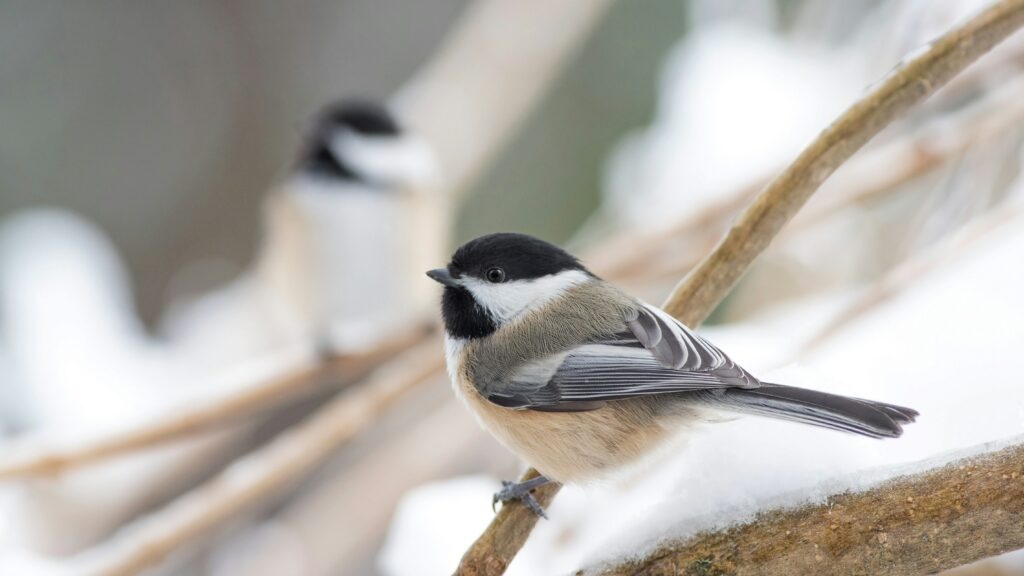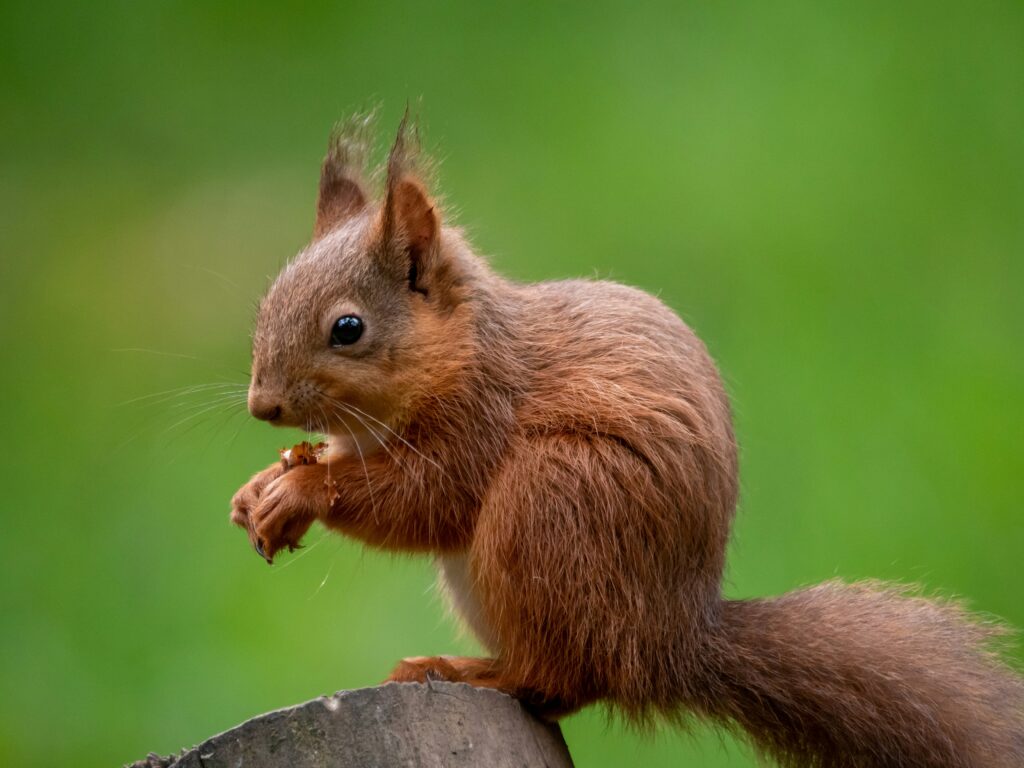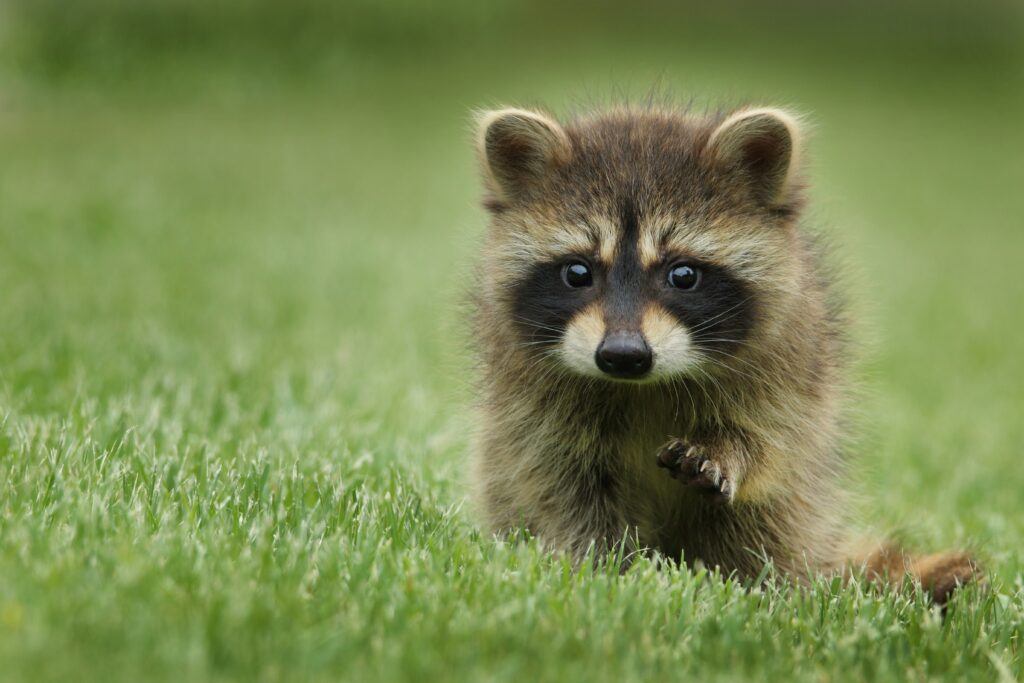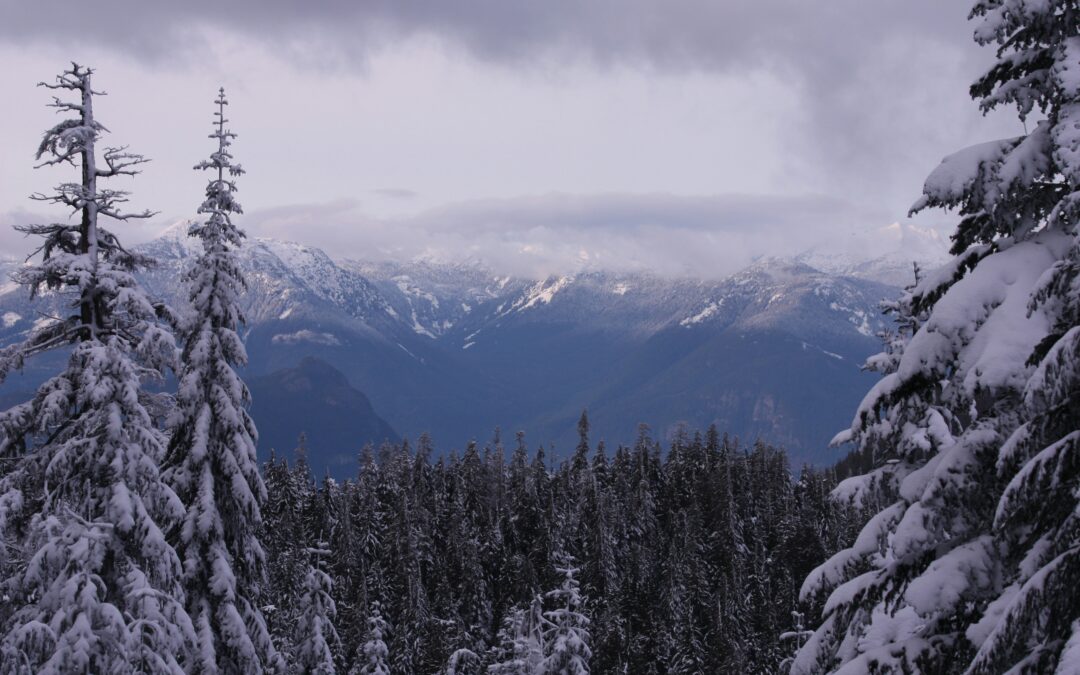Here we are, in the deep heart of January.
Now that the flurry of the holidays has passed, a unique quiet has settled over the landscape. The days are locked in a rhythm of frost and snow. This is the time of year when Canadian winters can feel truly long, a stretch of quiet cold that asks for patience and resilience.
It’s easy to look out the window at the frozen landscape and see only emptiness. But if you watch closely, you’ll notice a hidden hum of activity. Life in the wild doesn’t stop; it adapts in the most extraordinary ways. This isn’t just a season of endurance, but a masterclass in survival, and there are lessons in tenacity all around us—if we know where to look.
Winter’s Unsung Heroes
While bears and groundhogs are deep in slumber, a whole cast of characters is very much awake and navigating the challenges of a Canadian winter. Let’s give a little appreciation to a few of our toughest neighbours.
- The Mighty Chickadee: Don’t let its tiny size fool you. The Black-capped Chickadee is a heavyweight champion of winter survival. To conserve energy on frigid nights, it can enter a regulated state of hypothermia called ‘torpor,’ lowering its body temperature significantly. On top of that, its brain has an amazing capacity for memory, allowing it to recall the locations of thousands of seeds it hid in the fall.

- The Tireless Red Squirrel: These feisty acrobats spend their winter guarding their ‘midden’—a massive stash of pine and spruce cones, often at the base of a tree. A single midden can contain enough food to last for more than one season. They are the ultimate winter preppers of the animal world.

- The Urban Navigator: Closer to our homes, raccoons and even coyotes demonstrate incredible adaptability. They’ve learned to navigate our human world, finding shelter under decks and sustenance where they can. Their presence is a constant reminder that our neighbourhoods are, and always have been, shared spaces.

Observing these animals isn’t just a pastime; it’s a lesson in fortitude. They remind us that even in the harshest conditions, life finds a way to be clever, resourceful, and incredibly tough.
How We Can Be Good Neighbours
Inspired by their resilience, we can take small actions to be better winter neighbours to the wildlife around us.
- Become a Community Scientist: You can contribute to real conservation efforts right from your window! Start practicing for the Great Backyard Bird Count (which happens in February) by identifying the birds at your feeder. You can also log any wildlife sightings on apps like iNaturalist. This data helps scientists track the health and movement of animal populations.
- Do a Quick Safety Check: Snow and ice can pile up in unexpected places. Take a moment to ensure your outdoor vents (for your dryer, furnace, etc.) are clear. Small animals can get trapped inside seeking warmth, which is dangerous for them and can cause problems for your home.
- Mind the Windows: If you have bird feeders close to your house, you might notice the occasional window strike. Birds can’t always perceive glass as a solid barrier. Simple, inexpensive window decals or tape on the outside of the glass can break up the reflection and help prevent these tragic collisions.
This January, let’s challenge ourselves to look past the cold and see the incredible life that persists. Let the sight of a tiny chickadee puffing up its feathers against the wind be a source of inspiration. By being mindful observers and considerate neighbours, we can appreciate the hidden hum of the world outside and find a deeper connection to the place we call home.
Stay warm and stay curious!

